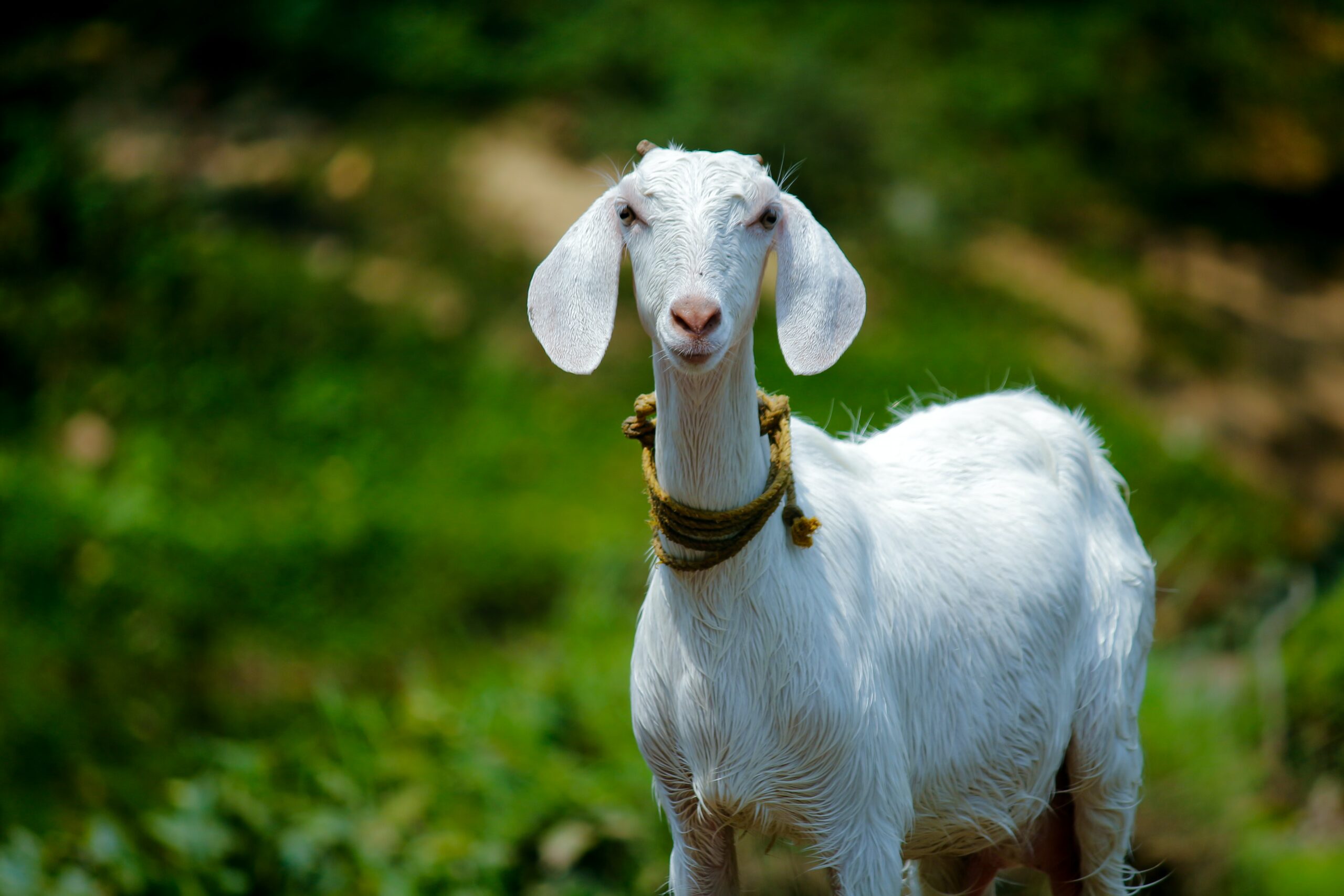Goats are both charming and fascinating creatures. Belonging to the animal kingdom, class Mammalia, and order Artiodactyla, goats have adapted to various environments around the world. Goats can be found on every continent around the world except for Antarctica.
Knowing their adaptability and resourcefulness they might even survive there as well. Let’s take a moment to explore the diverse world of goats, including their different breeds, lifespan, dietary habits, and the many ways in which they contribute to our lives.
Goats encompass both domesticated and wild species, each with its unique characteristics and adaptations.
Domestic Goats:
Domesticated goats (Capra aegagrus hircus) are highly versatile animals that have been selectively bred for specific traits. They come in various sizes, colors, and coat types, exhibiting remarkable diversity. Domestic goats have been a vital part of agricultural practices, providing milk, meat, and fiber for human consumption and use.
Wild Goats:
Wild goats, also known as ibex or wild Capra species, exist in different regions of the world. These species include the Alpine ibex, Nubian ibex, Bezoar ibex, and Siberian ibex, among others. There is also the North American mountain goat which is its own unique species. Collectively each of these wild goats is known for inhabiting rugged terrains, such as mountains and cliffs, showcasing their remarkable climbing abilities.
Types of Goats:
How many breeds of goats are there? How many species of goats are there, including wild goats? What are the most common goat breeds?
- Goat Breeds: There are hundreds of goat breeds worldwide, each adapted to specific climates, terrains, and human needs. Some common goat breeds include:
- Alpine: Known for their excellent milk production and hardiness, Alpine goats are popular in dairy farming.
- Boer: Originating from South Africa, Boer goats are renowned for their meat production, with superior muscle development.
- Nubian: Nubian goats are known for their distinctive long ears and high butterfat content in their milk, making them sought after for dairy purposes.
- Saanen: Saanen goats are prized for their high milk production, making them popular in the dairy industry. They have a white or cream-colored coat.
- Nigerian Dwarf: These small-sized goats are versatile and are often kept as pets, while also producing milk with high butterfat content.
- Wild Goat Species: Wild goat species include the Alpine ibex, Nubian ibex, Bezoar ibex, Siberian ibex, and several others. These majestic creatures have adapted to challenging mountainous habitats, showcasing their agility and resilience.
Summary
Goats, with their wide range of breeds and species, are captivating creatures that have left an indelible mark on human history and continue to play significant roles in various industries and lifestyles.
From their domesticated counterparts providing us with milk, meat, and fiber, to the wild goats displaying their agility in mountainous landscapes, these remarkable animals have earned their place in our hearts and our world.
As we appreciate the diversity and utility of goats, let us also recognize the importance of responsible and ethical practices in their care and stewardship, ensuring their well-being for generations to come.



































































